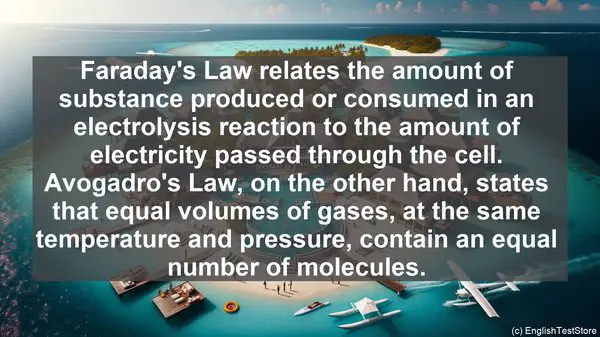Introduction
Welcome to today’s lesson on electrochemistry. Today, we’ll be discussing a topic that often trips up even the most seasoned chemists: commonly confused words. Let’s dive in!

1. Anode vs. Cathode
The anode is where oxidation occurs, while the cathode is where reduction takes place. A simple way to remember this is to think of ‘anode’ as ‘oxidation’ and ‘cathode’ as ‘reduction’.
2. Electrolyte vs. Nonelectrolyte
An electrolyte is a substance that conducts electricity when dissolved in water, while a nonelectrolyte does not. Common examples of electrolytes include salts, acids, and bases.
3. Oxidation vs. Reduction
Oxidation involves the loss of electrons, while reduction involves the gain of electrons. A helpful mnemonic is ‘LEO says GER’ – Loss of Electrons is Oxidation, Gain of Electrons is Reduction.
4. Galvanic Cell vs. Electrolytic Cell
A galvanic cell converts chemical energy into electrical energy, while an electrolytic cell uses electrical energy to drive a non-spontaneous reaction. Galvanic cells are commonly found in batteries, while electrolytic cells are used in processes like electroplating.
5. Half-Cell vs. Full Cell
A half-cell consists of an electrode immersed in a solution, while a full cell is the combination of two half-cells. In a full cell, the anode and cathode are connected by a salt bridge or a porous barrier.

6. Faraday’s Law vs. Avogadro’s Law
Faraday’s Law relates the amount of substance produced or consumed in an electrolysis reaction to the amount of electricity passed through the cell. Avogadro’s Law, on the other hand, states that equal volumes of gases, at the same temperature and pressure, contain an equal number of molecules.
7. Standard Cell Potential vs. Cell Potential
The standard cell potential is the potential difference between two half-cells under standard conditions, while the cell potential is the potential difference under any given conditions. The standard cell potential is often used as a reference point for comparing cell potentials.
8. Anion vs. Cation
An anion is a negatively charged ion, while a cation is a positively charged ion. A simple way to remember this is to associate ‘anion’ with ‘negative’ and ‘cation’ with ‘positive’.
9. Redox Reaction vs. Non-Redox Reaction
A redox reaction involves a transfer of electrons, while a non-redox reaction does not. Redox reactions are characterized by changes in oxidation states.
10. Electrochemical Series vs. Activity Series
The electrochemical series ranks substances in order of their tendency to gain or lose electrons. The activity series, on the other hand, ranks metals in order of their reactivity. Both series are valuable tools in predicting the outcome of electrochemical reactions.
